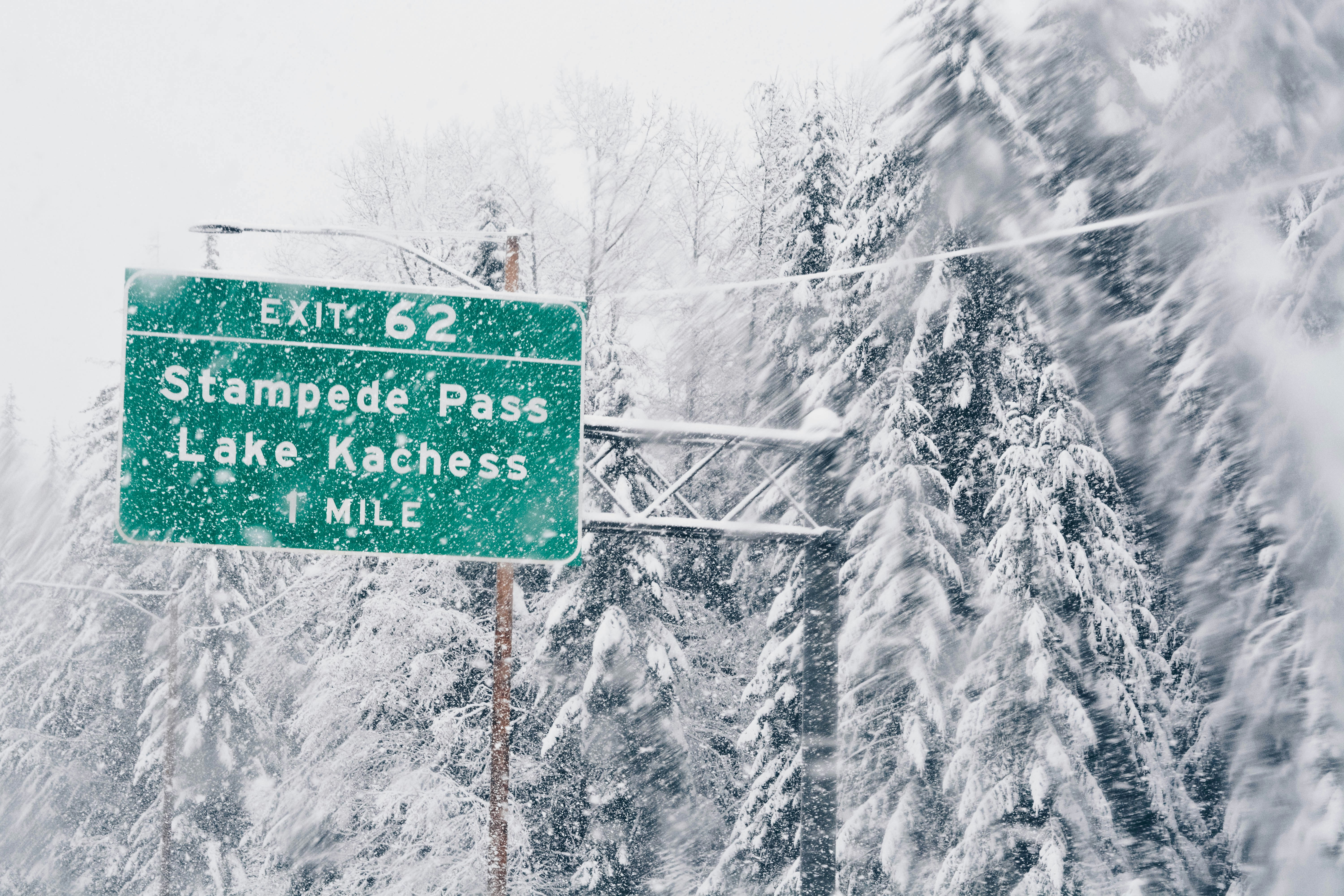Welcome to the world of athlete recovery where one simple yet powerful tool reigns supreme – cold plunges. From reducing inflammation to increasing blood circulation, cold plunges offer a myriad of benefits for athletes looking to speed up their recovery process. Whether you’re a competitive athlete or a weekend warrior, incorporating cold plunges into your routine can be the ultimate game-changer in optimizing your performance and overall well-being. Dive in and discover the amazing benefits that cold plunges can bring to your athletic journey.
The Ultimate Recovery Tool: Cold Plunges For Athlete Recovery
Have you ever wondered what the best way to recover faster after a grueling workout or competition is? The answer might surprise you – cold plunges! In this article, we’ll explore how cold plunges can benefit athletes and how you can incorporate them into your recovery routine.
What are Cold Plunges?
Let’s start with the basics – what exactly are cold plunges? Cold plunges, also known as cold water immersion or cryotherapy, involve immersing your body in cold water for a short period of time. This can be done in a cold plunge pool, a cold water bath, or even a natural body of water like a lake or river.
Why are Cold Plunges Effective for Athlete Recovery?
Cold plunges have been used for centuries as a method of promoting recovery and reducing muscle soreness. When you immerse your body in cold water, several physiological responses occur that can aid in recovery. Cold water causes vasoconstriction, which reduces blood flow to the muscles and decreases inflammation. Additionally, cold water can help flush out waste products like lactic acid, which can build up during intense exercise.
Benefits of Cold Plunges for Athletes
Now that we know what cold plunges are and why they are effective, let’s dive into the specific benefits that athletes can experience from incorporating cold plunges into their recovery routine.
Faster Muscle Recovery
One of the primary benefits of cold plunges for athletes is faster muscle recovery. The cold water immersion helps reduce inflammation and muscle soreness, allowing athletes to recover more quickly after intense exercise. This can be especially beneficial for athletes who train or compete multiple times a day.
Improved Circulation
Cold plunges can also help improve circulation, which is essential for delivering oxygen and nutrients to the muscles. The vasoconstriction caused by cold water immersion can stimulate blood flow and promote overall cardiovascular health.
Decreased Muscle Soreness
If you’ve ever experienced muscle soreness after a tough workout, you know how debilitating it can be. Cold plunges can help alleviate muscle soreness by reducing inflammation and flushing out waste products. This can allow athletes to train harder and more frequently without the lingering effects of muscle soreness.
Enhanced Athletic Performance
By promoting faster recovery, improved circulation, and decreased muscle soreness, cold plunges can ultimately lead to enhanced athletic performance. Athletes who incorporate cold plunges into their recovery routine may find that they can push themselves harder and achieve better results in their training and competitions.
How to Incorporate Cold Plunges into Your Recovery Routine
Now that you’re convinced of the benefits of cold plunges for athlete recovery, how can you incorporate them into your own routine?
Timing and Frequency
When it comes to cold plunges, timing is key. The best time to take a cold plunge is immediately after a workout or competition, when your muscles are warm and more receptive to the recovery benefits of cold water immersion. You can also take cold plunges on rest days to help speed up recovery and reduce muscle soreness.
As for frequency, it’s generally recommended to take cold plunges 2-3 times per week. However, every athlete is different, so you may need to experiment to find the frequency that works best for you.
Duration and Temperature
The ideal duration for a cold plunge is 10-15 minutes, but you can start with shorter durations and gradually increase as you become more accustomed to the cold water. The temperature of the water should be around 50-60 degrees Fahrenheit (10-15 degrees Celsius) for optimal recovery benefits.
Contrast Therapy
Another way to incorporate cold plunges into your recovery routine is to use contrast therapy, which involves alternating between cold water immersion and hot water immersion. This can help promote circulation and reduce muscle soreness even further. You can start with 1-2 minutes in cold water followed by 1-2 minutes in hot water, and repeat for 3-4 cycles.
Listen to Your Body
As with any recovery method, it’s important to listen to your body and adjust as needed. If you experience any negative side effects like numbness or excessive shivering, it’s best to stop the cold plunge and consult with a healthcare professional.
Conclusion
In conclusion, cold plunges are a powerful recovery tool for athletes that can help speed up muscle recovery, reduce inflammation, and improve overall performance. By incorporating cold plunges into your recovery routine and experimenting with different methods like contrast therapy, you can take your athletic performance to the next level. So, what are you waiting for? Dive into the world of cold plunges and experience the ultimate recovery tool for athlete recovery!




